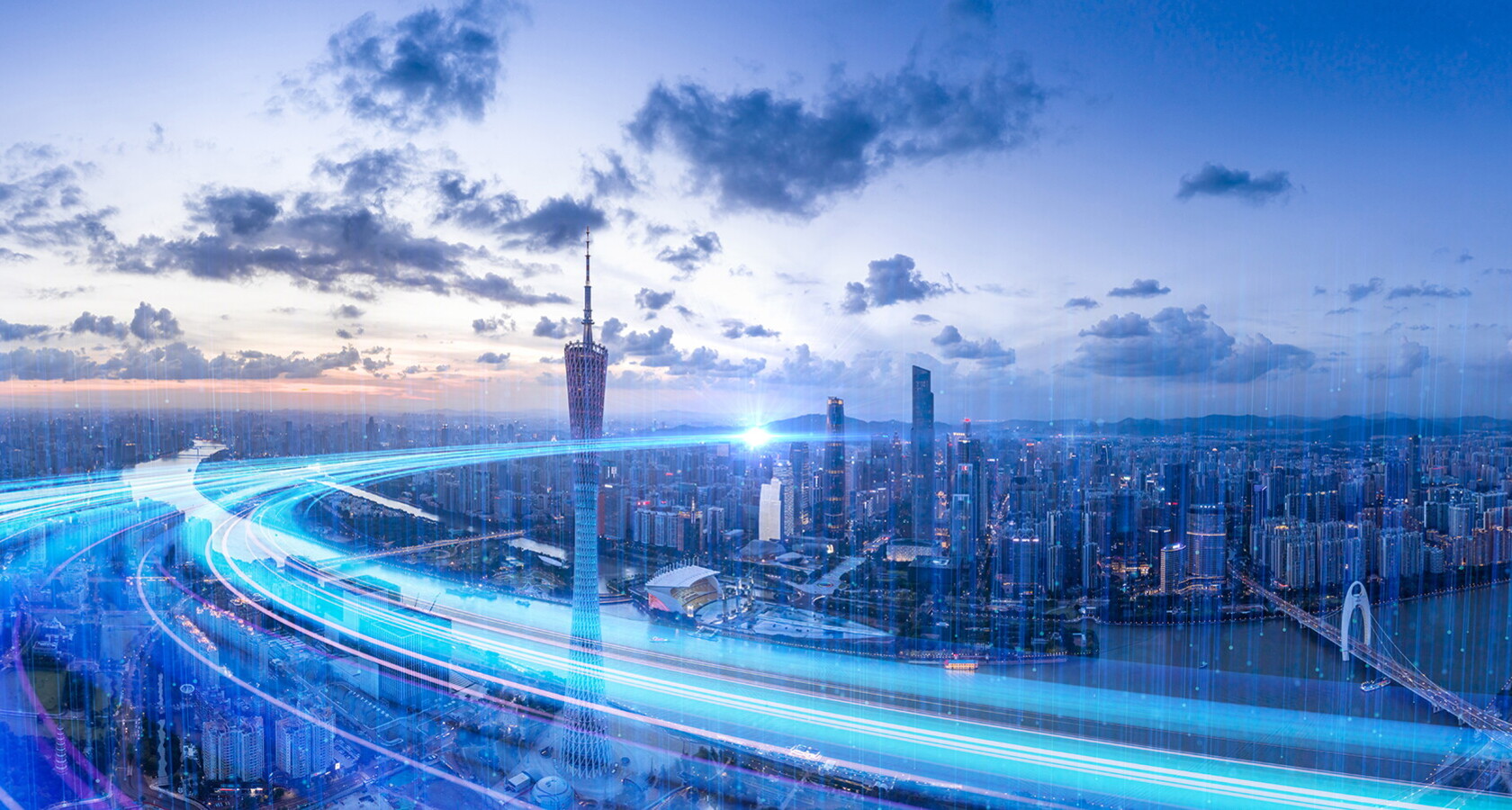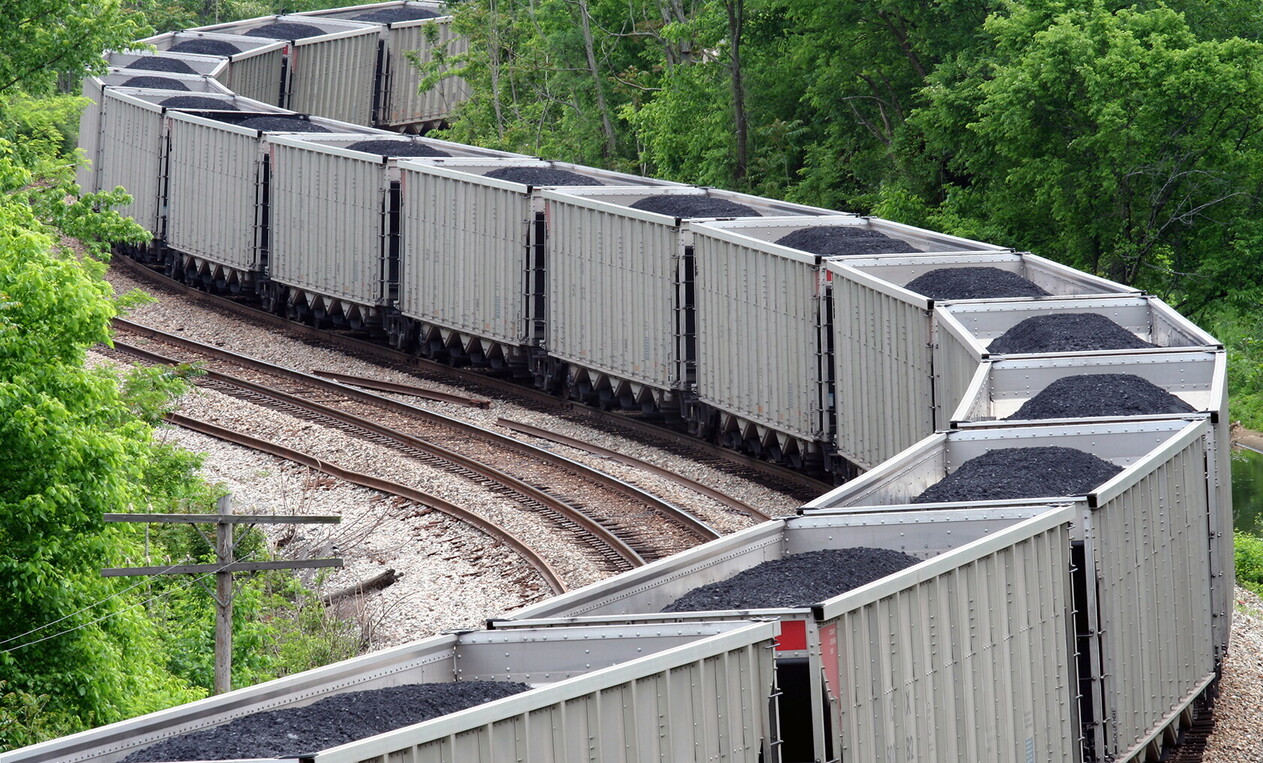
Energy logistics
The long journey of energy
From hand-gathered timber in African villages to liquefied natural gas traveling between continents, via strategic pipelines: logistics is the hidden infrastructure of the energy transition
5 minIn sub-Saharan African villages, women still spend hours each day walking up to seven kilometers to gather fuel for cooking, heating, and lighting. Meanwhile, in affluent Europe, green hydrogen remains stalled despite ambitious policy goals. High storage and transport costs, along with unresolved safety concerns, continue to delay its adoption. Energy is complex at both ends of the spectrum: from the archaic forms human communities have relied on for millennia, to the futuristic vision of solar power stored in hydrogen split from water.
Yet the core issue remains the same: logistics. Energy must be collected, stored, transported, and delivered in the right form, place, and time to be useful. This is true for any commodity, but for energy —especially in modern economies— logistics becomes strategic. Pipelines, tankers, power lines, terminals, storage systems: these are the backbone of the energy system. And the more advanced the energy source, the more complex the infrastructure required to manage it. The blackout in Spain on April 28, 2025 offers a stark reminder: as energy systems grow more sophisticated, so too do its vulnerabilities. Network management becomes not just a technical task, but a critical national priority.
Coal, oil and gas: the energy of modernity
Economic development over the past three centuries has been built on energy consumption and, often unnoticed, on the transportation and distribution systems that make it possible. Modernization began with the coal-fired industrial revolution. Watt’s steam engine was first developed to pump water from mines, then became essential for hauling coal by rail. Even today, coal consumption continues to grow globally. It remains logistically convenient: abundant, easy to store, cheap to transport, and often close to consumption centers. That’s why it remains the dominant fuel for power generation in many developing countries.
Reducing coal use, given its high CO₂ emissions, requires stable and scalable alternatives natural gas foremost among them. But gas use depends on complex infrastructure: pipelines, LNG terminals, and shipping capacity. Gas is cleaner than coal or oil, but far harder to move.

Once again, the history of energy is also the history of logistics. In the 1700s it was coal. Then came oil: first kerosene, then gasoline. Gas rose after World War II, supplied through major pipelines from Russia, the Netherlands, and Algeria. In the 1990s, it became central to power generation through combined-cycle gas turbines.
More recently, major energy corridors have been developed from the Caspian to Europe (TAP), from Russia to Germany (Nord Stream), and from Russia to China (Power of Siberia). In all these cases, logistics infrastructure doubled as geopolitical leverage—especially after the war in Ukraine, which disrupted and, in some cases, sabotaged Russian export facilities.
A more integrated system for more just energy
The war accelerated an existing trend: the global boom in Liquefied Natural Gas (LNG), which is more flexible and faster to deploy than pipeline gas. By 2024, global regasification capacity reached 1.1 billion tons, up from 400 million in 2000. LNG accounted for more than 60 percent of global gas trade in 2024, compared to just 24 percent at the start of the century.
The link between gas and electricity is set to grow stronger. Gas remains the best available fuel to displace coal, which is more polluting and less efficient. The future of energy will be increasingly electric, driven by technological shifts —heat pumps, electric vehicles, air conditioning, and electrified industrial processes— and by the pressure to decarbonize.
But renewables alone won’t suffice. Even as solar and wind power become cheaper, they are intermittent. Backup is needed when the sun doesn’t shine or the wind doesn’t blow, or when battery storage is maxed out. That’s where gas-fired power plants, especially turbogas facilities, remain essential. This is the next phase for energy logistics: more complex and integrated systems, where multiple carriers interact to ensure that energy remains reliable, safe, and clean.
The hope is that this evolution won’t be confined to rich countries. In sub-Saharan Africa, millions of women still spend hours each day collecting wood, brush, or agricultural waste for cooking and heating. Extending modern energy access to them is not just a technical challenge it is a moral imperative.

